Y Filltir Sgwâr/The Square Mile: The Mon & Brec Canal
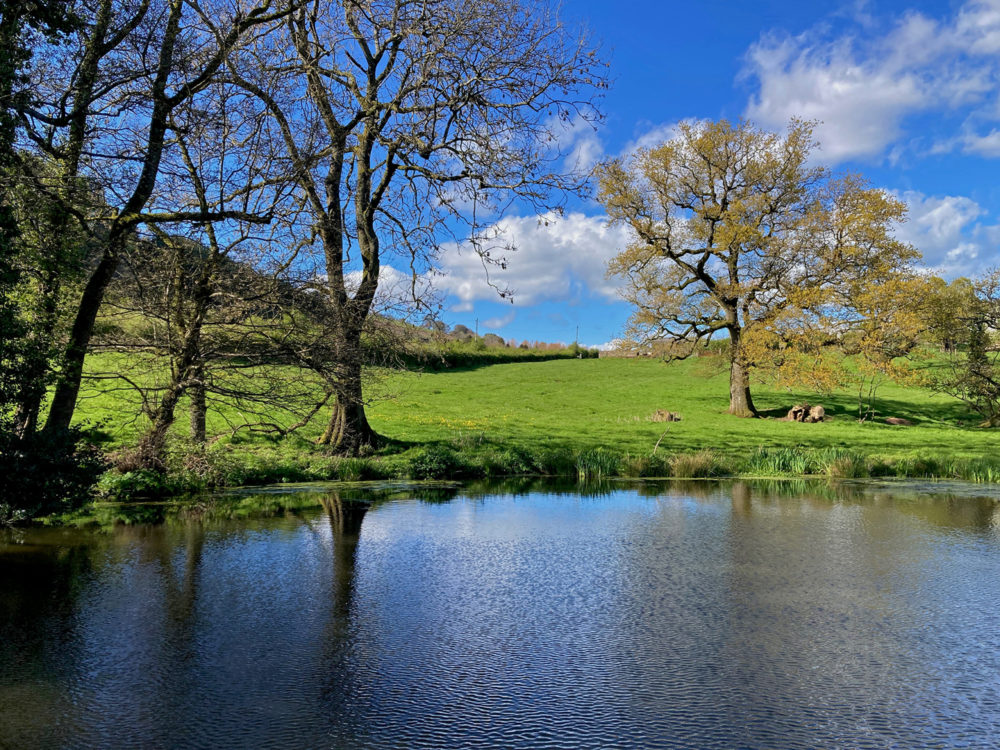
‘In a year long series Tom Maloney, from Abersychan, shows how you can love a place so well it becomes a part of you.’
The Mon & Brec Canal
Some of my earliest memories as a young child go back to walks along the towing path of The Monmouthshire and Brecon Canal, more commonly known locally as ‘The Mon & Brec’.
Looking back I think they were such carefree days. The pleasures were simpler then and it makes me smile as I remember early evening walks, usually at the height of Summer ending with a little stop at The Horse & Jockey for a bag of crisps and bottle of pop! Lovely memories, or ‘atgofion hyfryd’ in the Welsh
I still walk the canal regularly and although it is a few miles beyond my usual square mile now, the stretch at Pontymoile has so much relevance to the history of Abersychan, especially the Ironworks at The British, that I feel the series would be incomplete without including a feature about a little of its story.
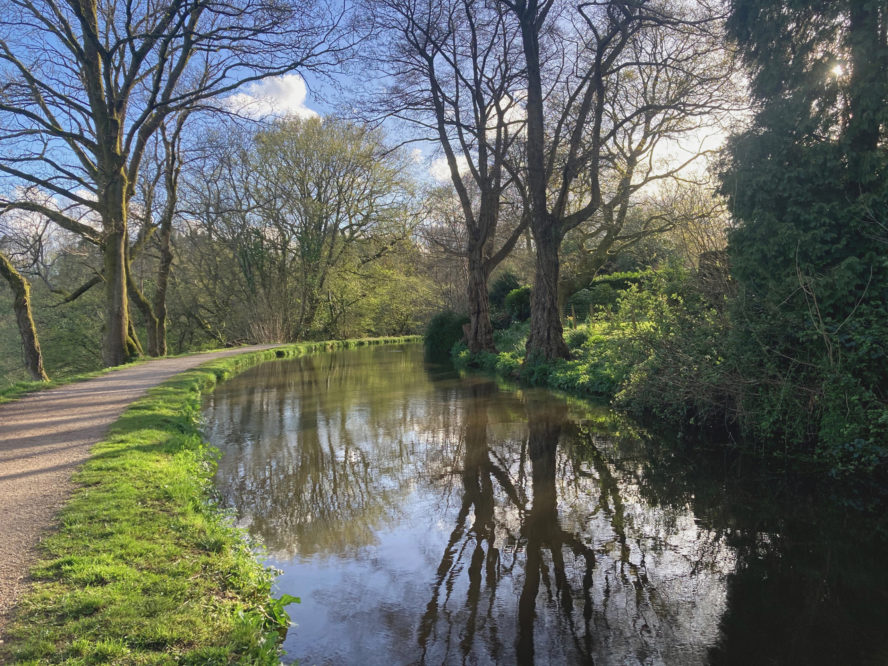
Pontymoile looks such a sleepy place now, without any sense of urgency, but in its day it was a part of the transport revolution that was needed to support the ever-increasing needs of the Industrial Revolution.
It is often referred to as ‘The Basin’ or ‘The Junction’, but it is the latter which really gives its full significance in canal history, as just over two hundred years ago this became the junction point of The Monmouthshire Canal Company with The Brecknock and Abergavenny Canal Company, which allowed the continuous flow of goods between Brecon and Newport.
One horse pulling a boat could do the work of so many horses and so much more efficiently. Canals were indeed the wonder of their time!
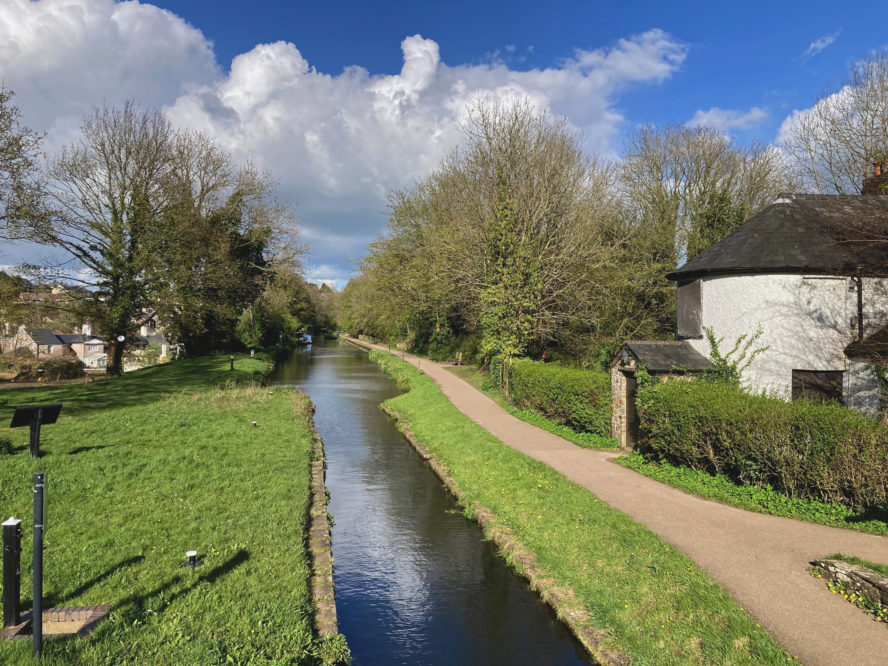
But what has all this got to do with Abersychan? There was another branch of the canal that was filled in so long ago that it is largely forgotten.
This stretch of the canal connected Pontymoile with Pontnewynydd on the other side of Pontypool.
This in turn would I think have been connected to Abersychan by tramroad where horse drawn trams were used to transport heavy goods on what was really a simple railway. Iron from The British Ironworks made it way via this route to Newport and beyond.
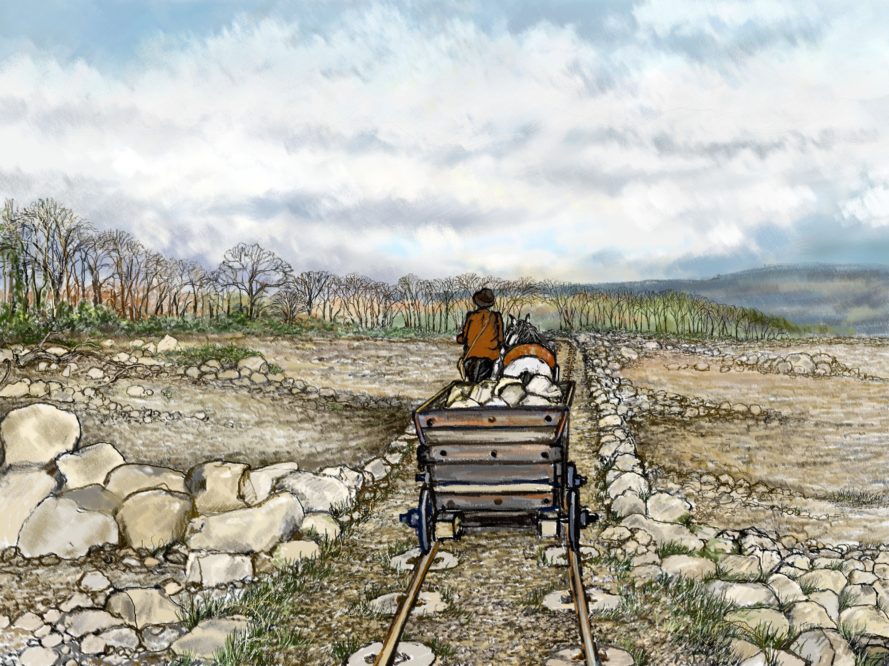
Tramroads were numerous throughout the area then and there is still good evidence of their use for the transport of limestone within the Lasgarn Woodland at Abersychan.
At this point I would like once again to lean on the excellent research of Brian Foster in his short history of The British Ironworks to give some idea of the quantities that were shipped.
The beautifully named ‘Monmouthshire Merlin’, the local newspaper of the period was the source for his information.
I was quite surprised to learn that the Merlin published regular reports relating to industrial exports and imports in quite some detail.
The amounts may seem small by today’s standards. For week ending the 6 December 1838 the British Ironworks shipped 153 tons of rail road iron.
Interesting how the canal was being used to transport the very goods that would soon lead to its demise! And to set the scene of the life and times of this period, one year later the Chartists marched on Newport!
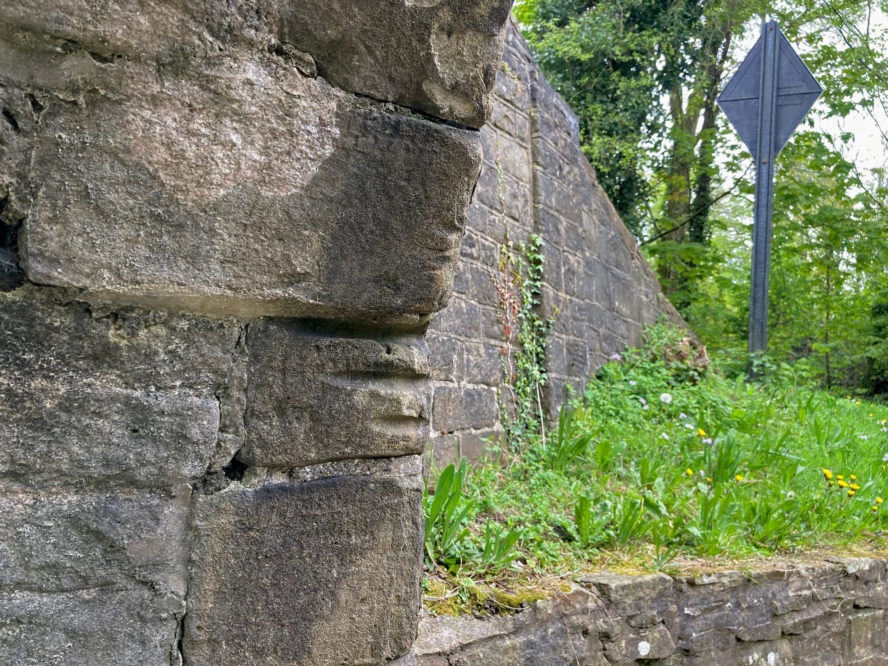
A wander at Pontymoile is never wasted. Although rather run down now the canal cottage at the basin has a picturesque quality favoured by artists and I do so enjoy the small traces of history that are so often missed.
A careful look at the underside of the arch of Bridge 52 reveals rope marks formed over the many years that the horse drawn boats made their way here.
The rope connecting horse and boat catching the stonework time and time again on the bend to leave an unmistakeable impression.
Each side of the bridge has its own character. Taking the direction of the towing path on the Brecon side will lead you on a tranquil journey of elegant contours with magnificent views beyond.
Each view framed by the aging limbs of trees that line the bank now and how each view changes with the seasons.
Fussy little moorhens add to the ambience with their jolly high -pitched calls, but a real highlight is the shimmering electric blue flight of a Kingfisher darting and weaving in and out of the foliage that lines the bank – usually on the other side!
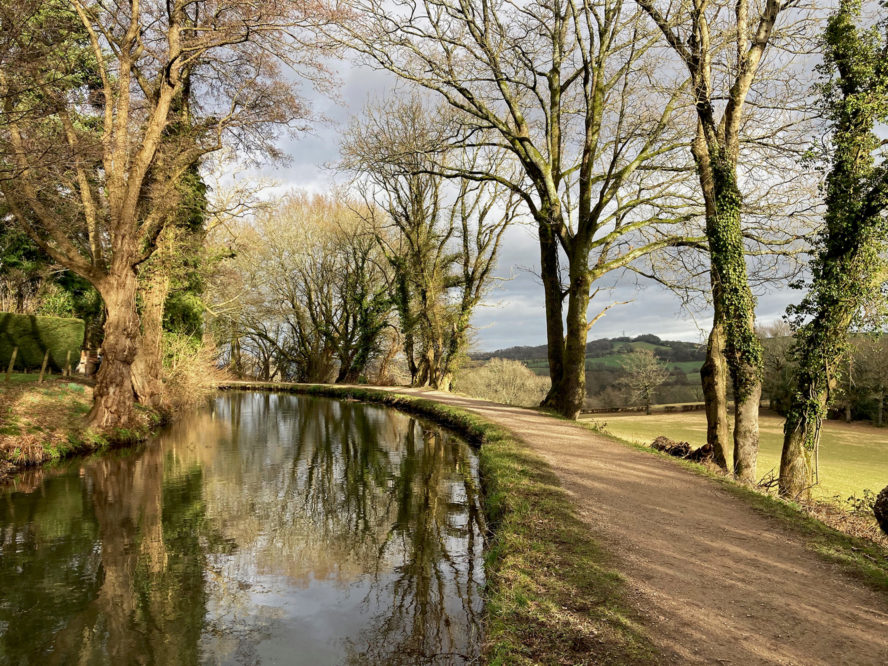
The Monmouthshire Canal side is no less interesting, but has a different feel. You can still trace the old route to Newport, though it is sadly much broken along its length.
I particularly like the point where the railway crosses the canal via a Skew Bridge at Griffithstown.
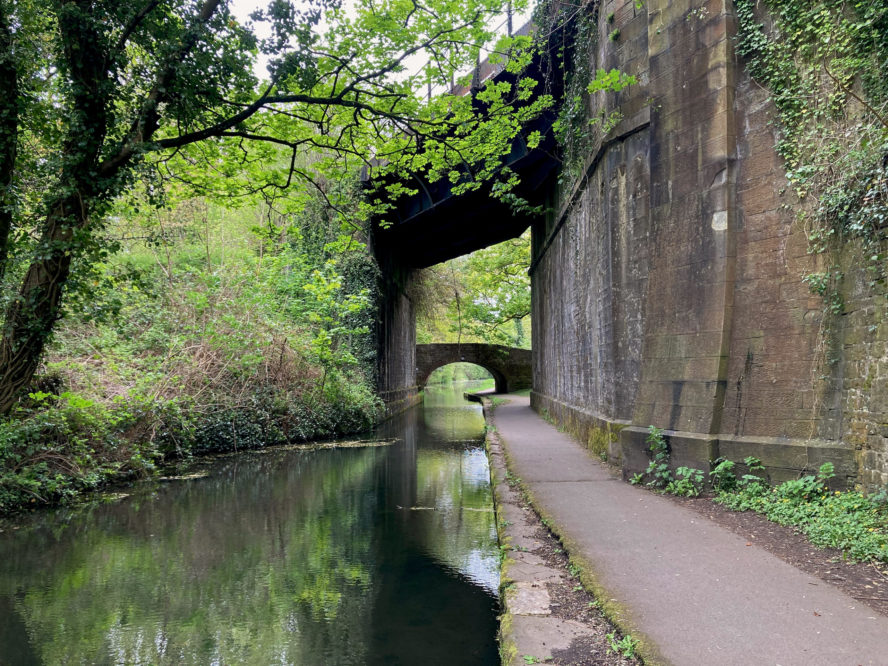
It is a wonderful point of contrast and so fascinating how the old railway line and the canal which were once so busy in their day are so peaceful now.
Built for industry and commerce and so soon becoming redundant, for me the canal waterways are still one of our finest achievements as they sit so well in the landscape.
Perhaps this is what gives them their enduring appeal and the Mon & Brec is one of the finest!
Read the earlier installments of Y Filltir Sgwâr/The Square Mile by Tom Maloney
Support our Nation today
For the price of a cup of coffee a month you can help us create an independent, not-for-profit, national news service for the people of Wales, by the people of Wales.






